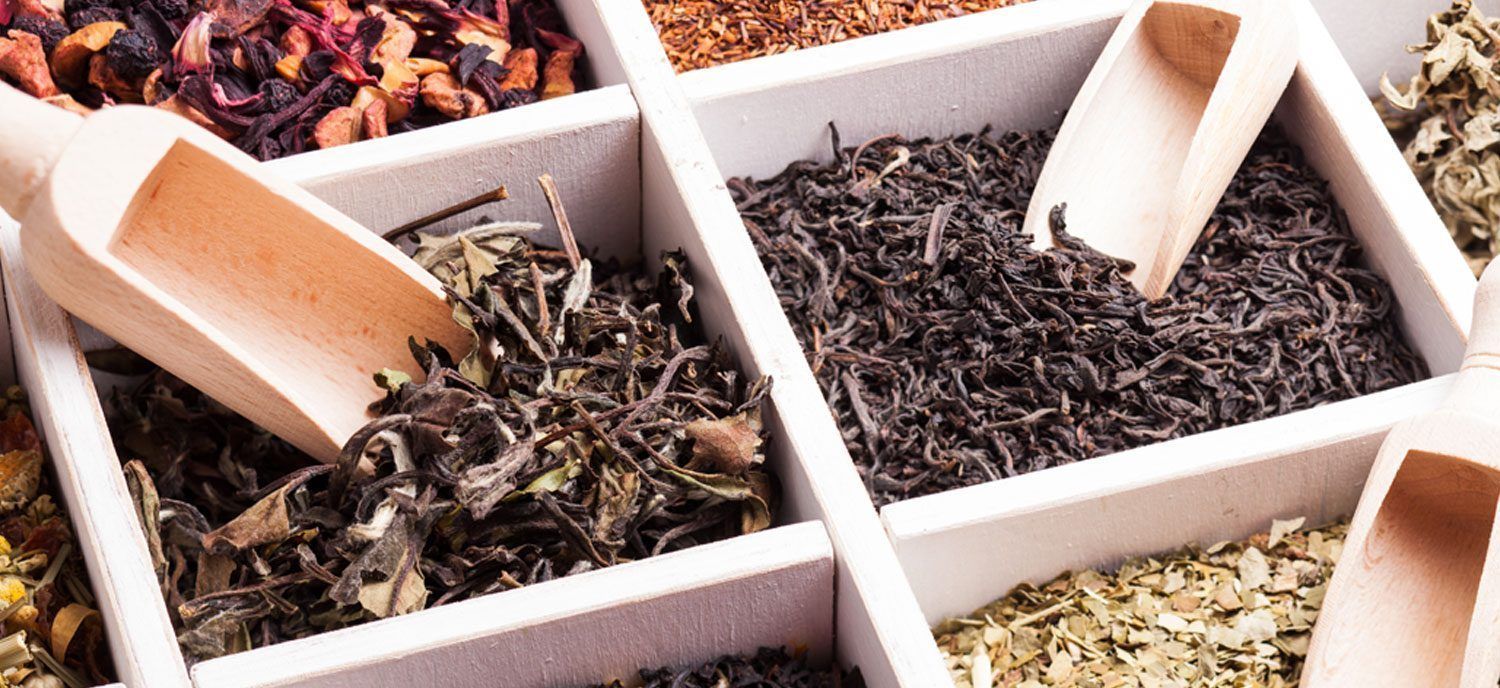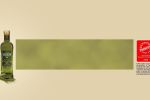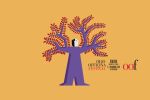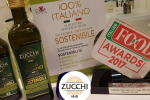17 February 2015
Just like coffee and wine, tea is also one of those products where a rich activity of blending has built up over the years. A tea blend is obtained by mixing a specific variety of tea with other ingredients. “Ingredients” don’t just mean other types of tea (a good blend can be made up of 20 or more types of tea coming from different continents), but also a number of natural components which add something extra to the original variety: fruit, flowers, dried herbs and spices.
Naturally this opens the field up to extensive experimentation. For example, a blend can also be obtained from the combination of a tea with an extract: it all depends on the type of aroma that you want to infuse into the new blend.
There are many tea blends on the market and they have a wide following. Among the most notable is a great classic: Earl Grey,which blends black tea with bergamot extract. But there is also English Breakfast, Melange Caravane and many others. If we turn our attention from the western market to Asia, the number of possible examples increases dramatically.
Tea blending has two important benefits: on the one hand it enables high quality products to be created, giving a balanced flavour which exceeds that of the individual parts; on the other hand, it is possible to satisfy the preferences of a very varied target audience.
Important factors in a discerning and demanding market like the one we see today.






